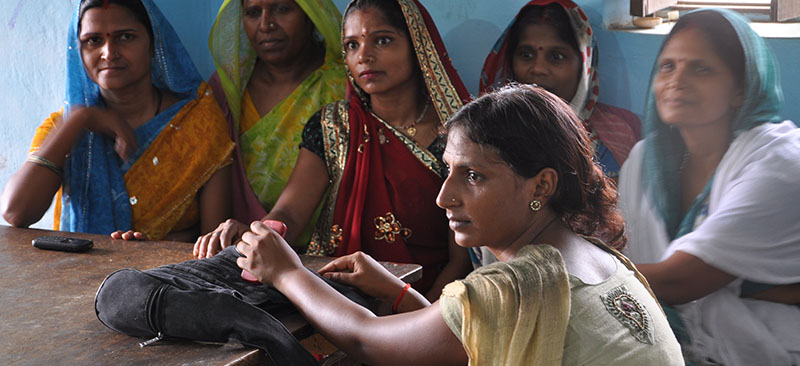Tag: Savings services to the poor
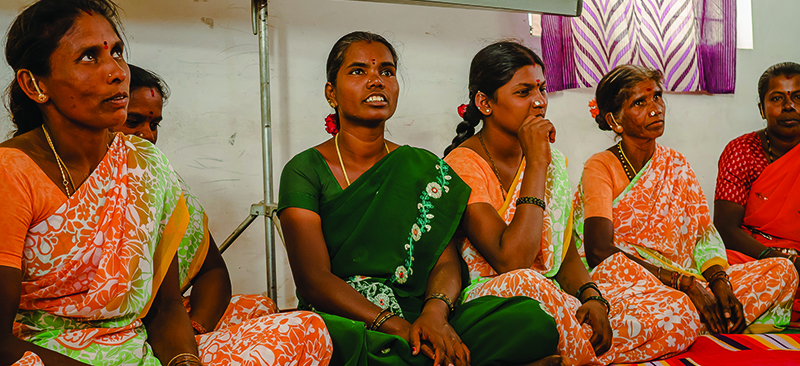
Brett Hudson Matthews and Trivikrama Devi
SHGs should balance or break
In the words of NABARD, “internal savings mobilized by its members is the core of...
Jul 16, 2019
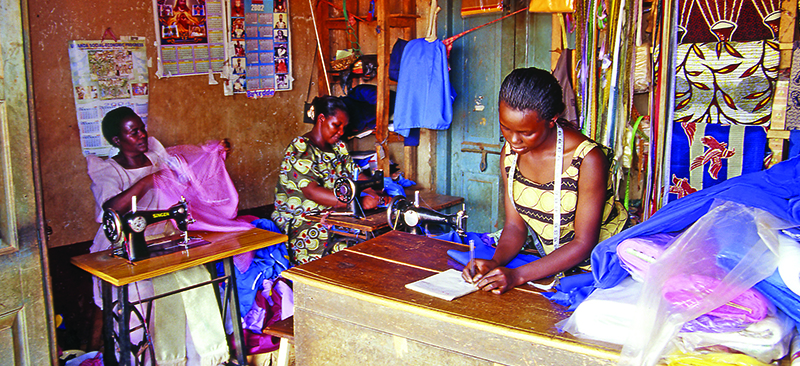
Graham Wright and Leonard Mutesasira
The relative risks to the savings of poor people
In view of the highly risky nature of saving in the informal sector, it is...
Jul 16, 2018
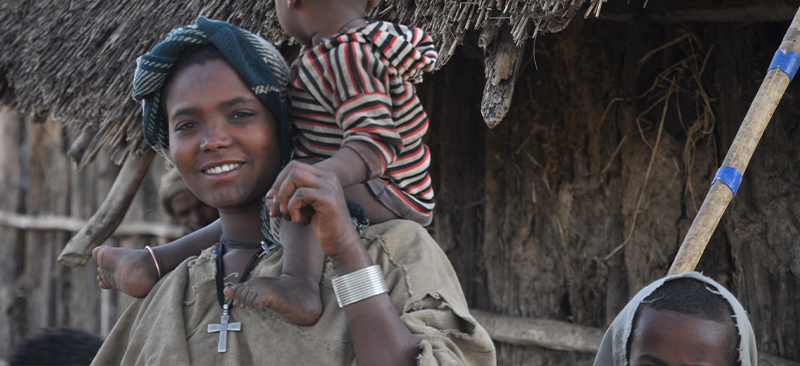
What do informal groups teach us about what poor people...
The research undertaken for Financial Sector Deepening (FSD) Kenya over the last six years demonstrates...
Jul 16, 2018
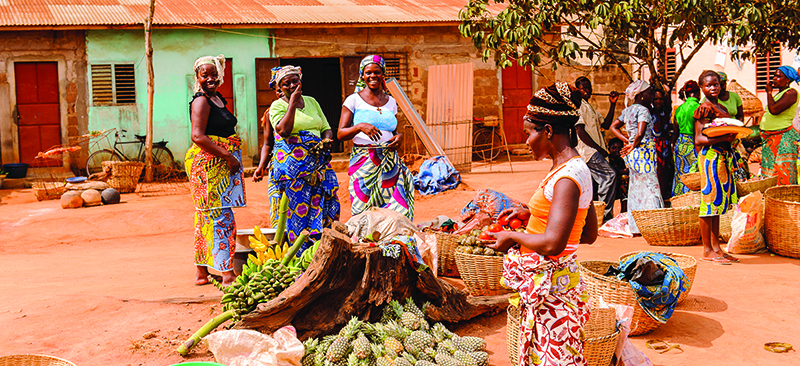
Two perspectives on savings services
There are no magic formulas for designing appropriate savings products for poor people: it requires...
Jul 16, 2018
- 1
- 2

